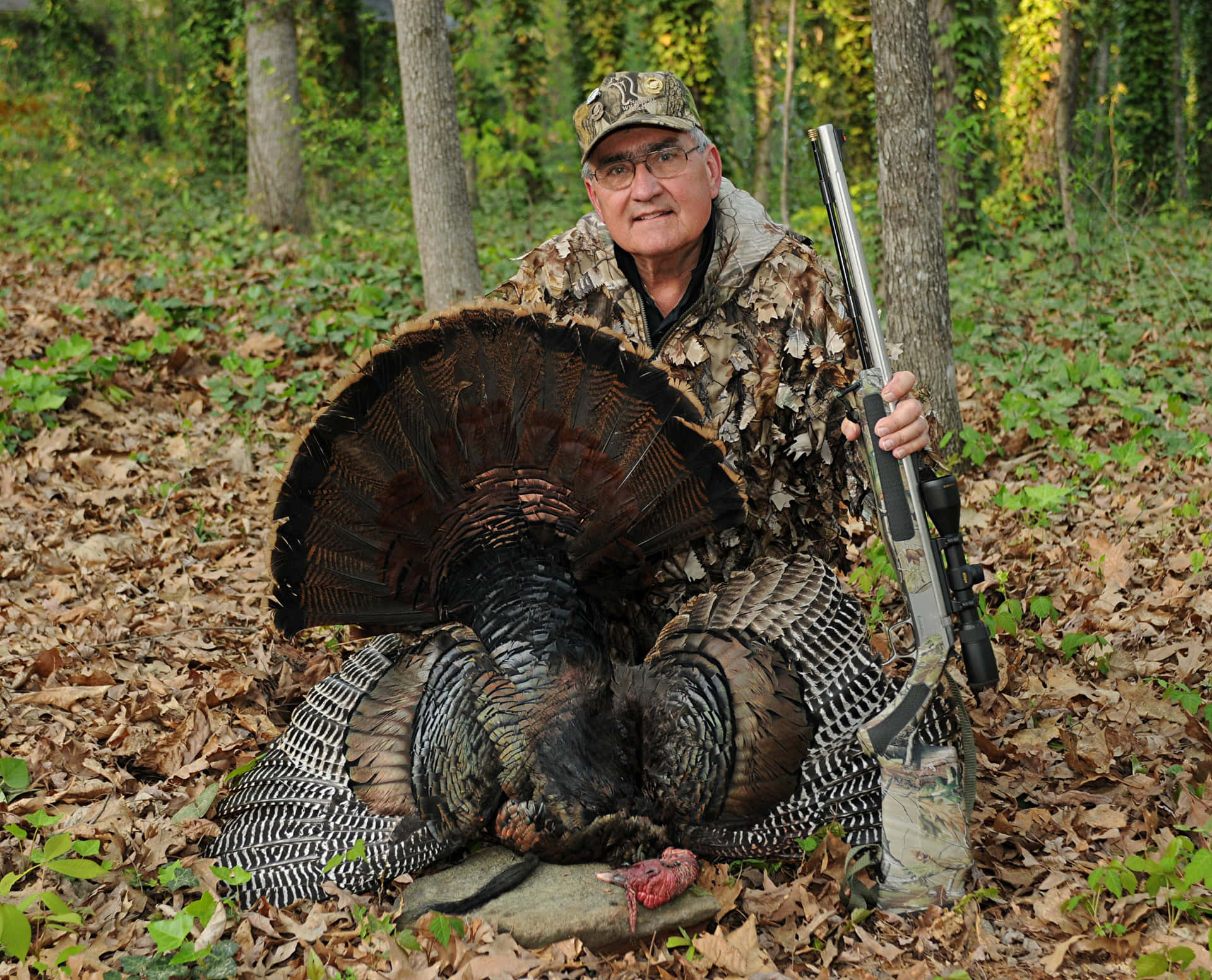Turkey hunting offers a unique challenge across diverse landscapes, particularly when comparing public and private lands. The type of land significantly influences not only hunting strategies but also how hunters adapt to the specific terrain, accessibility, and local regulations. Public lands often require hunters to account for increased competition and limited space, pushing them to employ stealthier and more adaptable strategies.
Private lands, on the other hand, allow hunters to plan in a more controlled environment, where they can carefully monitor turkey behavior and habitat conditions. While each land type brings its own challenges, understanding how to tailor your hunting strategies to suit either environment can significantly improve your chances of success. This guide covers essential tactics to help optimize your hunting approach, providing insights into both public and private land opportunities and ensuring that you’re equipped for a rewarding turkey hunting experience.
The Essentials of Planning for Public Land
Public lands are generally accessible to all, yet this convenience often attracts high hunter traffic. Therefore, careful planning and patience become essential. Public land hunters should prepare by researching areas that experience less traffic, allowing for a quieter, undisturbed environment for turkeys. This helps reduce the pressure that turkeys face, leading to more favorable hunting outcomes. In high-traffic zones, hunting strategies should focus on seeking secluded spots that might be overlooked by others.
Being familiar with the regulations governing each specific area is vital for a successful public land hunt. Some public lands impose restrictions on equipment, hunting times, and even specific areas where hunting is allowed. Adapting to these rules while employing effective hunting strategies can ensure not only a safe experience but also a productive one, despite the challenges public land often presents.
Hunting Strategies for Private Land
Private land hunting grants an exclusive advantage by limiting competition. However, it also demands a different set of strategies. Unlike public lands, where competition might influence turkey behavior, private lands typically offer a more natural setting for turkeys. Hunters here can observe more predictable behaviors, such as specific travel patterns and feeding times, which provides an edge in planning effective hunting strategies.
Before embarking on a private land hunt, it is beneficial to discuss boundaries and specific regulations with the landowner. Establishing these details ensures a respectful, lawful hunting experience, allowing hunters to focus solely on strategy. Scouting on private land is often easier due to the stability in turkey behavior and lack of external disturbances. This stability enables hunters to deploy strategies focused on precision rather than competition, making private land hunting an ideal choice for controlled, focused hunts.
Effective Calling Techniques
In turkey hunting, calling is one of the most crucial skills, but success often depends on how it’s applied based on the land type. On public lands, overuse of calling can lead to wary turkeys that become adept at avoiding hunters. To counteract this, experienced hunters suggest using calling techniques sparingly, saving them for critical moments when turkeys show interest but hesitate to approach.
Conversely, private land allows hunters to experiment with a wider range of calling techniques. Because turkeys on private land face less pressure, they are more responsive to calls, making this an effective strategy. Additionally, private land hunters have more freedom to replicate natural sounds that turkeys might be familiar with, enhancing their appeal. Adjusting your calling techniques to the land type is one of the most valuable hunting strategies, impacting the effectiveness of your overall approach.
Adapting Scouting for Public vs. Private
Scouting is essential in turkey hunting, but it takes on different forms depending on the hunting location. On public lands, where turkeys tend to roam more widely due to fluctuating hunting pressures, extensive scouting helps identify current turkey routes. Mapping trails and tracking turkey movement over a broad area can reveal patterns that indicate prime spots. Relying on digital mapping tools can also improve accuracy, making scouting a vital element of public land hunting strategies.
On private lands, turkeys are more likely to settle into routine patterns due to the consistent environment. This makes scouting simpler, as the birds are easier to locate and predict. It’s here that hunters can focus on pinpointing specific roosting sites and feeding zones. The stable nature of private land means hunters can plan their approaches with greater certainty, honing in on particular areas where turkeys are most active. For hunters interested in sustainable management, observing these patterns can also help monitor issues like turkey beard rot, a condition that sometimes impacts birds on lands where food sources may be limited or contaminated. Identifying such concerns allows hunters and landowners to maintain healthy turkey populations on private lands.
Refining Setup and Concealment
Whether on public or private land, careful setup and concealment play pivotal roles in turkey hunting success. On public lands, where turkeys are more alert, maintaining a concealed, strategic position is crucial. Hunters should position themselves near natural cover, blending into surroundings to avoid startling wary birds. Remaining motionless and keeping a low profile becomes essential on public lands, where visibility is high, and movement can easily scare away turkeys.
On private land, hunters can experiment with ground blinds or more elaborate setups due to the stability of the environment. Using decoys on private land often proves more effective, as turkeys here are less likely to be suspicious. Since private land birds experience less disturbance, they are more likely to respond naturally to well-placed decoys. However, it remains essential to adjust setups according to turkey behavior, refining these strategies to achieve successful outcomes.
Final Thoughts
Hunting turkeys on public versus private land demands distinct approaches and adaptations, as each environment presents unique opportunities and challenges. While public land hunting emphasizes adaptability to a competitive environment with higher hunter traffic, private land offers a more controlled, focused setting where precise strategies are often more effective. On public lands, hunters must adapt to changing turkey behaviors influenced by high-pressure hunting, requiring stealth and patience.
Conversely, private lands allow hunters to invest time in observing consistent patterns, maximizing setup effectiveness and calling techniques. By understanding how to adjust calling, setup, and concealment based on the specific land type, hunters can significantly increase their chances of success, gaining the upper hand in their pursuit of a prized turkey.



